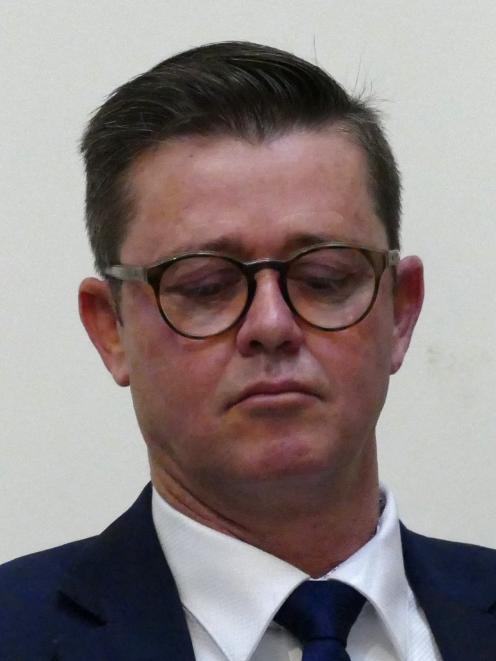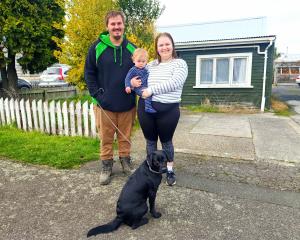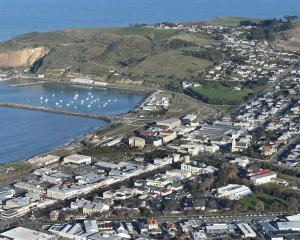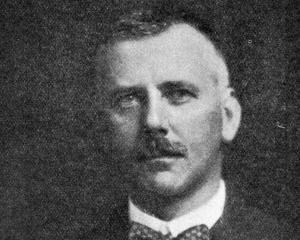
Gore Hospital and Dunstan Hospital are both community owned and run by trusts, and their leaders are keen for them to stay this way.
However, both facilities are largely dependant on income from government contracts for their survival.
Gore Health chief executive Karl Metzler said without more funding, Gore Hospital would likely have to transfer ownership to Health New Zealand Te Whatu Ora (HNZ) in two or three years’ time.
"We really pride ourselves on being community owned and we are a not-for-profit trust — we have been for 25 years.
"We have no intention or desire to be taken over by Health New Zealand at this stage."
The current model allowed them to be more nimble and respond in ways that would likely not be possible within a bigger bureaucracy.
Gore Hospital faced a different set of challenges to Oamaru, he said.
Last month the Waitaki District Council decided to enter formal negotiations with HNZ about returning Oamaru Hospital — owned and operated by the council since 1999 — to the government.
It is expected the shift will improve the stability of services at the hospital, which last year closed its emergency department three times due to staff shortages.
Gore had not struggled with such closures, but staffing was a major challenge for rural hospitals, Mr Metzler said.
Gore Health had topped up pay for nurses to keep pace with HNZ rates, but trust hospitals were excluded from last year’s historic pay equity deal.
"The worry for us is that Oamaru in some ways could be the canary in the coal mine, because if Te Whatu Ora Ora do not settle that pay equity difference for the other eight trust hospitals in New Zealand, I would imagine all eight trust hospitals will face closure or having to hand over to health New Zealand."
The issue of different government funding for staff at HNZ hospitals compared to staff at community-owned hospitals was "ludicrous" he said.
It made a mockery of the healthcare system when one set of staff were being paid differently to another doing the same job in a different setting.
If nothing was resolved, Gore Hospital would be "hemorrhaging very substantial deficits" and could revert to government ownership in the 2026-27 financial year.
Central Otago Health Services chief executive Hayley Anderson also called for Dunstan Hospital staff to be funded on a par with those working in hospitals such as Dunedin and Queenstown.
While the organisation had formerly aimed to keep within funding levels by paying less, it now ensured staff were paid a similar rate to government-owned hospitals.
This was fair and prevented recruitment issues large pay gaps could create.
However, the increase was not government funded, and the impact on the hospital’s bottom line caused by this approach had been "significant".
"We believe that the public of the area we serve are better served by Dunstan remaining in community ownership and will be doing all we can to ensure that continues."
The organisation valued its highly skilled workforce and would appreciate the government realising their responsibility by funding the pay gap, she said.
HNZ living well director Martin Hefford acknowledged last July’s nursing pay equity settlement created a pay gap for nurses in the funded health sector.
"In recognition of this a $200 million per annum pay disparity initiative began last year to increase pay rates for thousands of eligible nurses in the funded sector.
"We recognise the funding was not enough to achieve pay parity, but it was a significant contribution to moving towards pay parity for this workforce."
HNZ continued to work with rural hospitals on options to recognise nurses’ work while maintaining services, he said.












